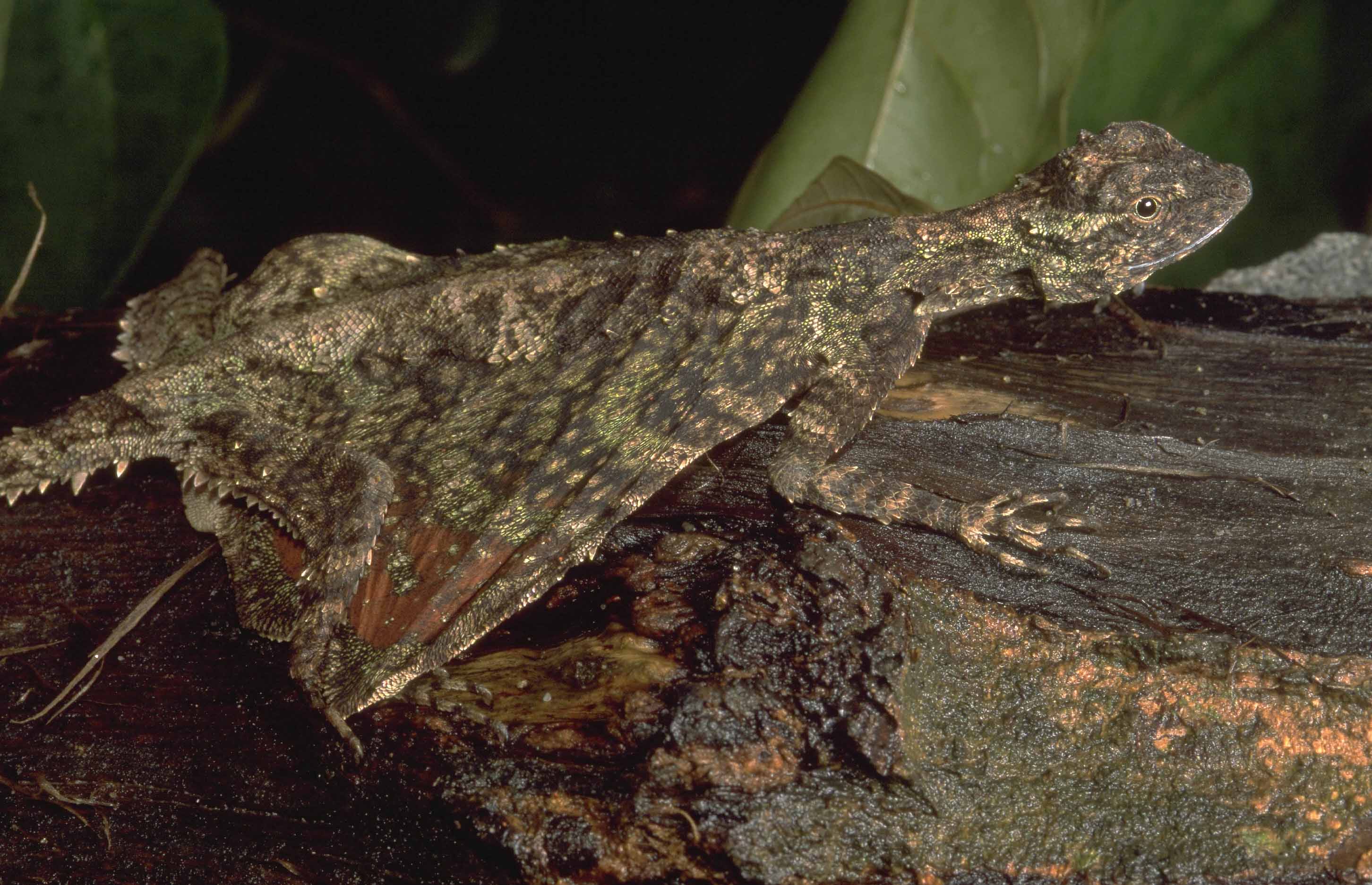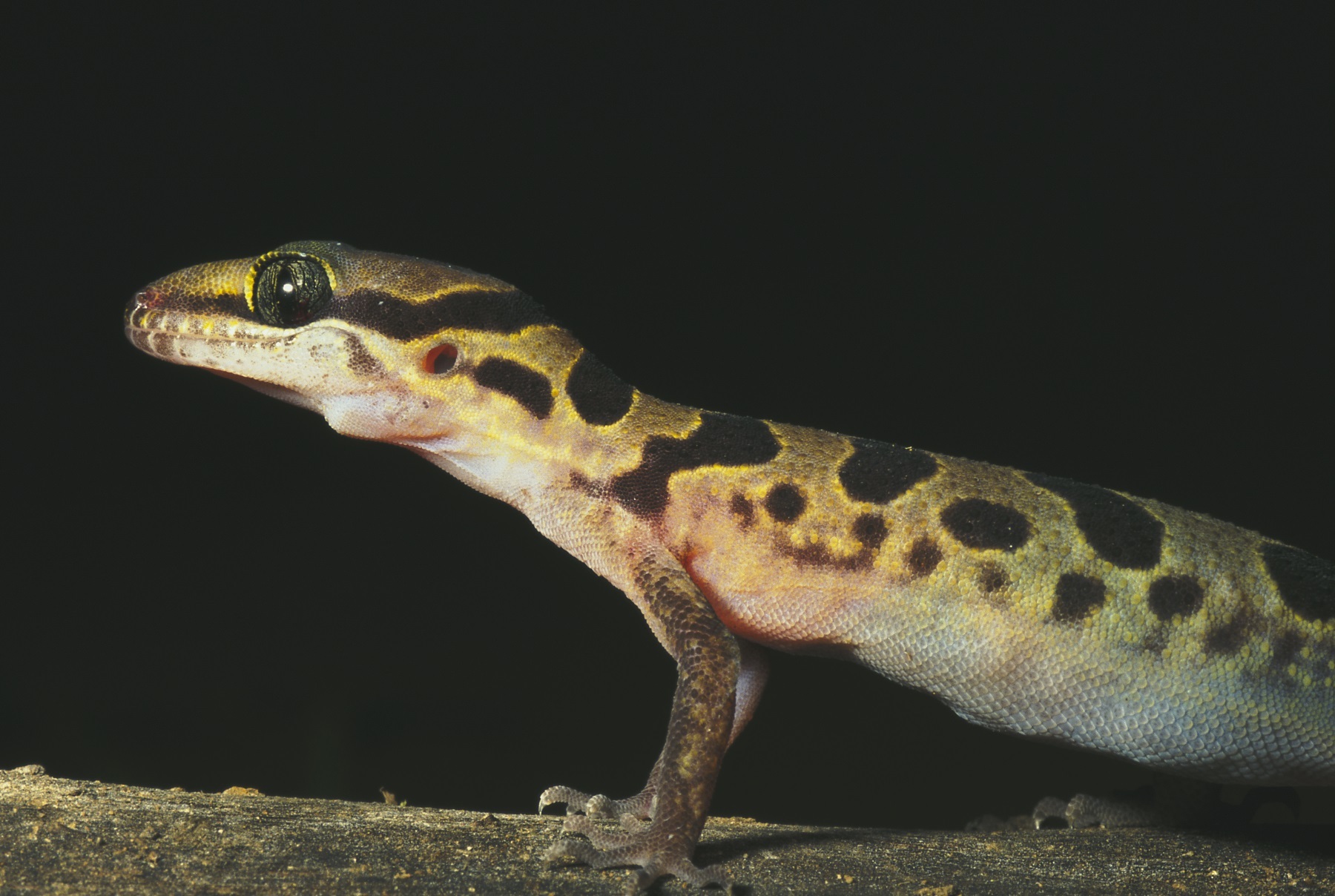Key innovation are novel organismal features that facilitate major ecological shifts. For example, the evolution of wings in birds enabled access to entirely new suite of ecological resources. My research on key innovations aims to synthesize the initial ecological origins of the concept–understanding form and function–with more recent advances in phylogenetic comparative biology to integratively meld both evolution and ecology.
The first portion (Miller and Stroud 2022) of research describes a novel conceptual and empirical comparative framework for understanding how key innovations arise, and inferring the eco-evolutionary dynamics of these traits through time.
Code: R code associated with Miller and Stroud (2022)
Dataset: Dryad repository
Publications:
-
Novel tests of the key innovation hypothesis: Adhesive toepads in arboreal lizards
Miller, Aryeh H, and Stroud, James T
Systematic Biology 2022
The evolution of key innovations—unique features that enable a lineage to interact with the environment in a novel way—may drive broad patterns of adaptive diversity. However, traditional tests of the key innovation hypothesis, those which attempt to identify the evolutionary effect of a purported key innovation by comparing patterns of diversity between lineages with and without the key trait, have been challenged on both conceptual and statistical grounds. Here, we explore alternative, untested hypotheses of the key innovation framework. In lizards, adhesive toepad structures increase grip strength on vertical and smooth surfaces such as tree trunks and leaves and have independently evolved multiple times. As such, toepads have been posited as a key innovation for the evolution of arboreality. Leveraging a habitat use data set applied to a global phylogeny of 2692 lizard species, we estimated multiple origins of toepads in three major clades and more than 100 origins of arboreality widely across the phylogeny. Our results suggest that toepads arise adaptively in arboreal lineages and are subsequently rarely lost while maintaining arboreal ecologies. Padless lineages transition away from arboreality at a higher rate than those with toepads, and high rates of invasion of arboreal niches by nonarboreal padbearing lineages provide further evidence that toepads may be a key to unlocking evolutionary access to the arboreal zone. Our results and analytical framework provide novel insights to understand and evaluate the ecological and evolutionary consequences of key innovations.[Arboreality; ecological transition; key innovation; macroevolution; phylogenetic comparative methods.]
Arboreal lizards come in all shapes and sizes. On the left, a flying lizard (genus Draco) with an expanded rib cage to allow the species to "glide." Middle, an arboreal lizard with long, sharp curved claws to dig into trunks. Right, a gecko without toepads-- the bent-toed geckos, which have evolved arboreality.
Arboreality in lizards has evolved more than 100 times, but lineages possessing digital adhesive toepads have a distinct, remarkable evolutionary dynamic through time of ecological conservatism.



